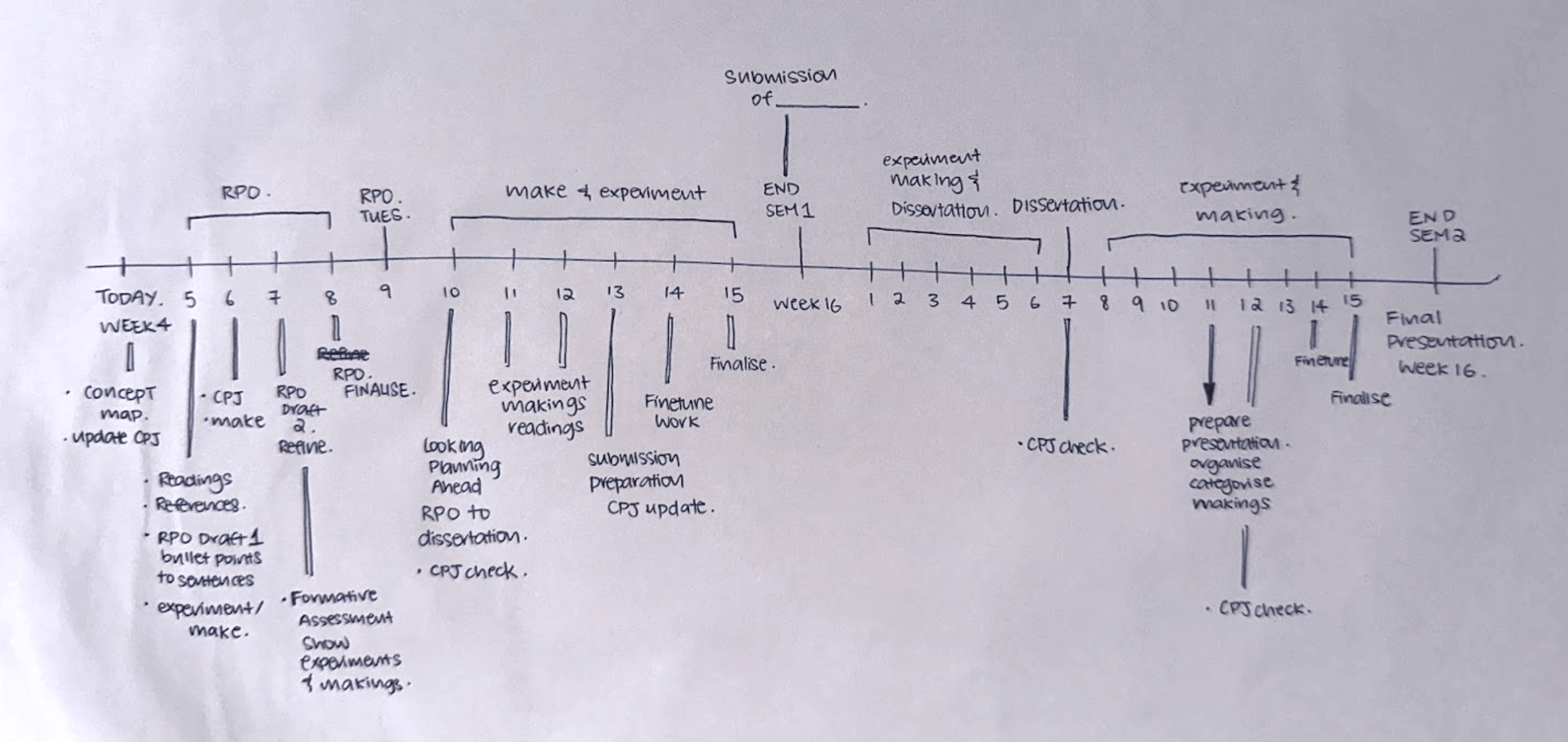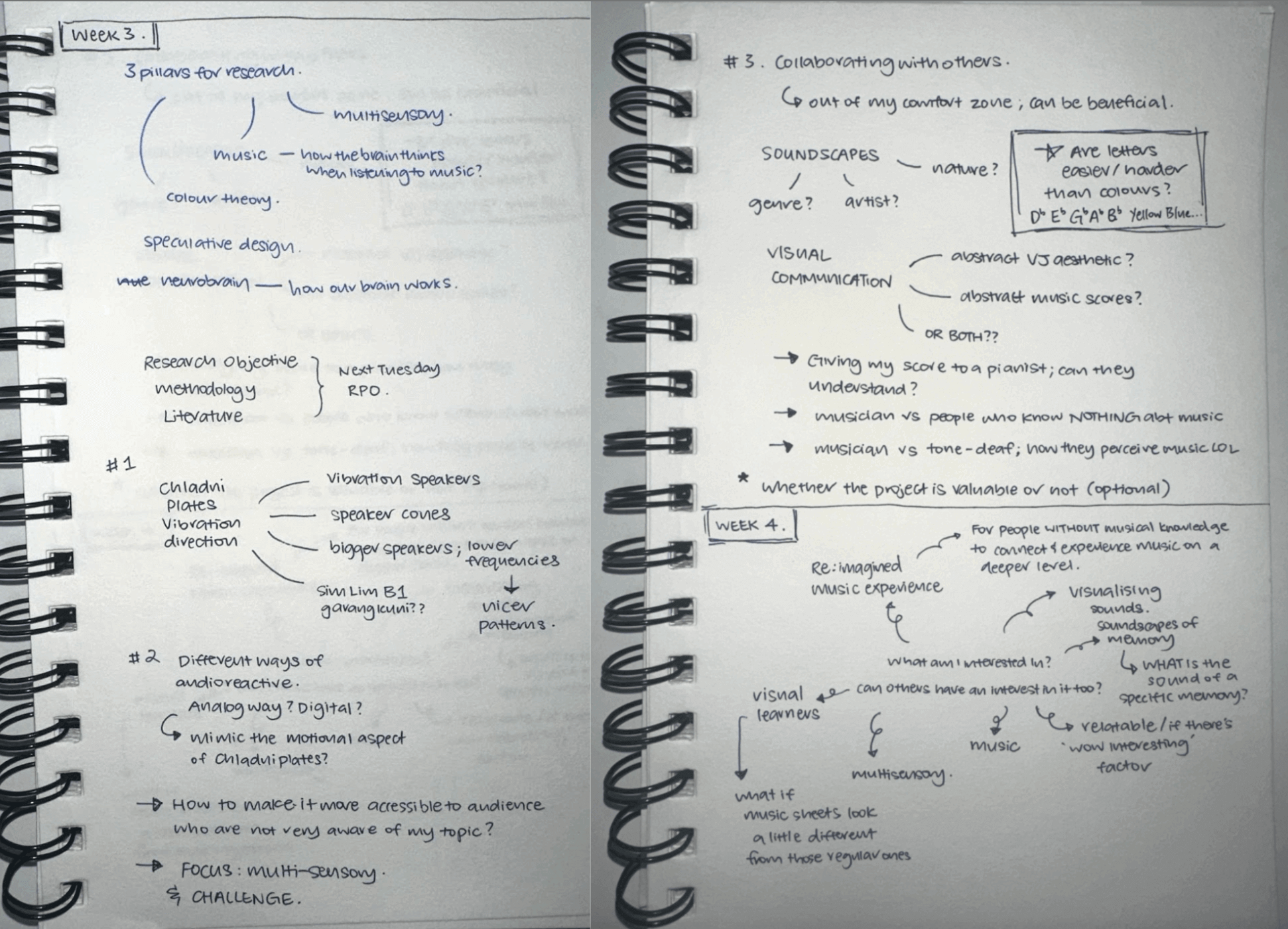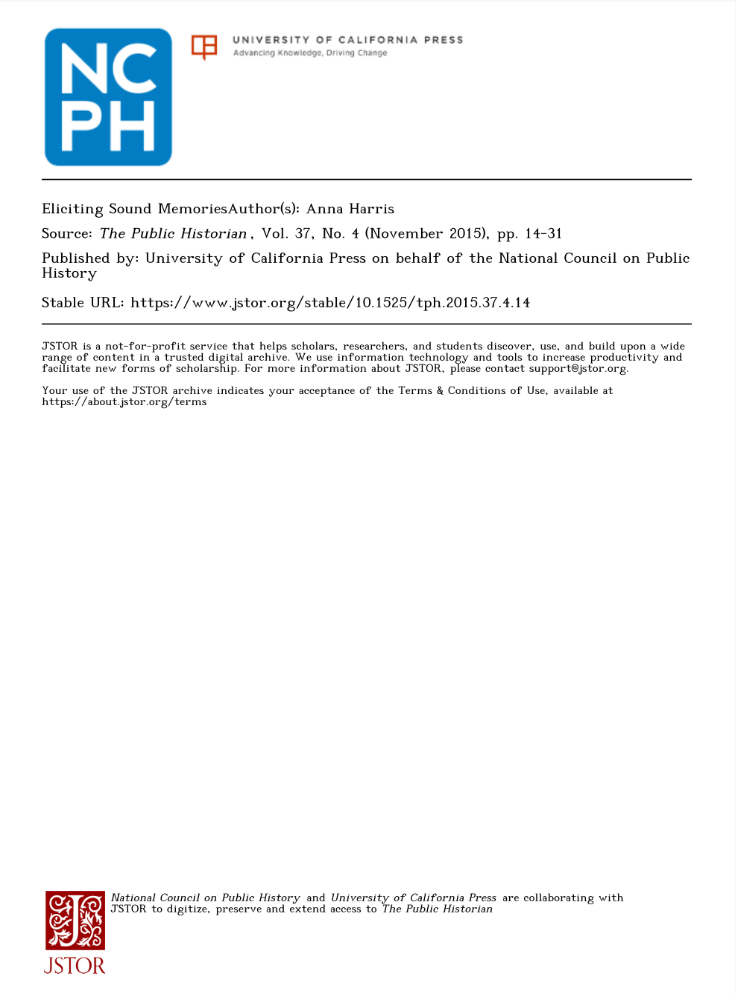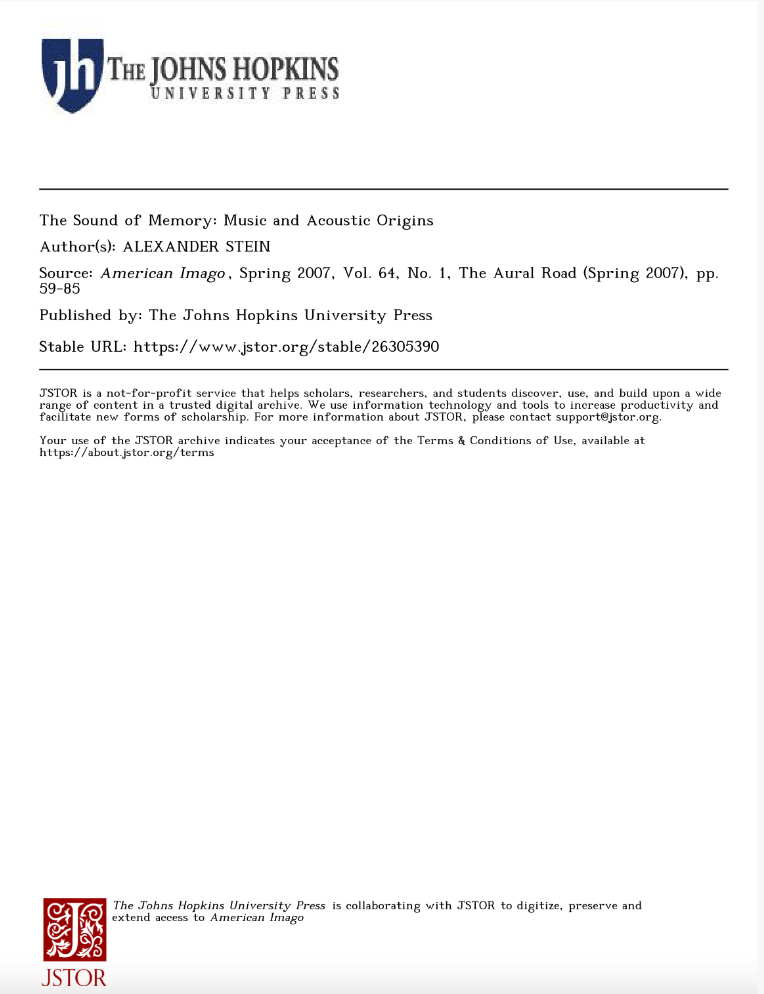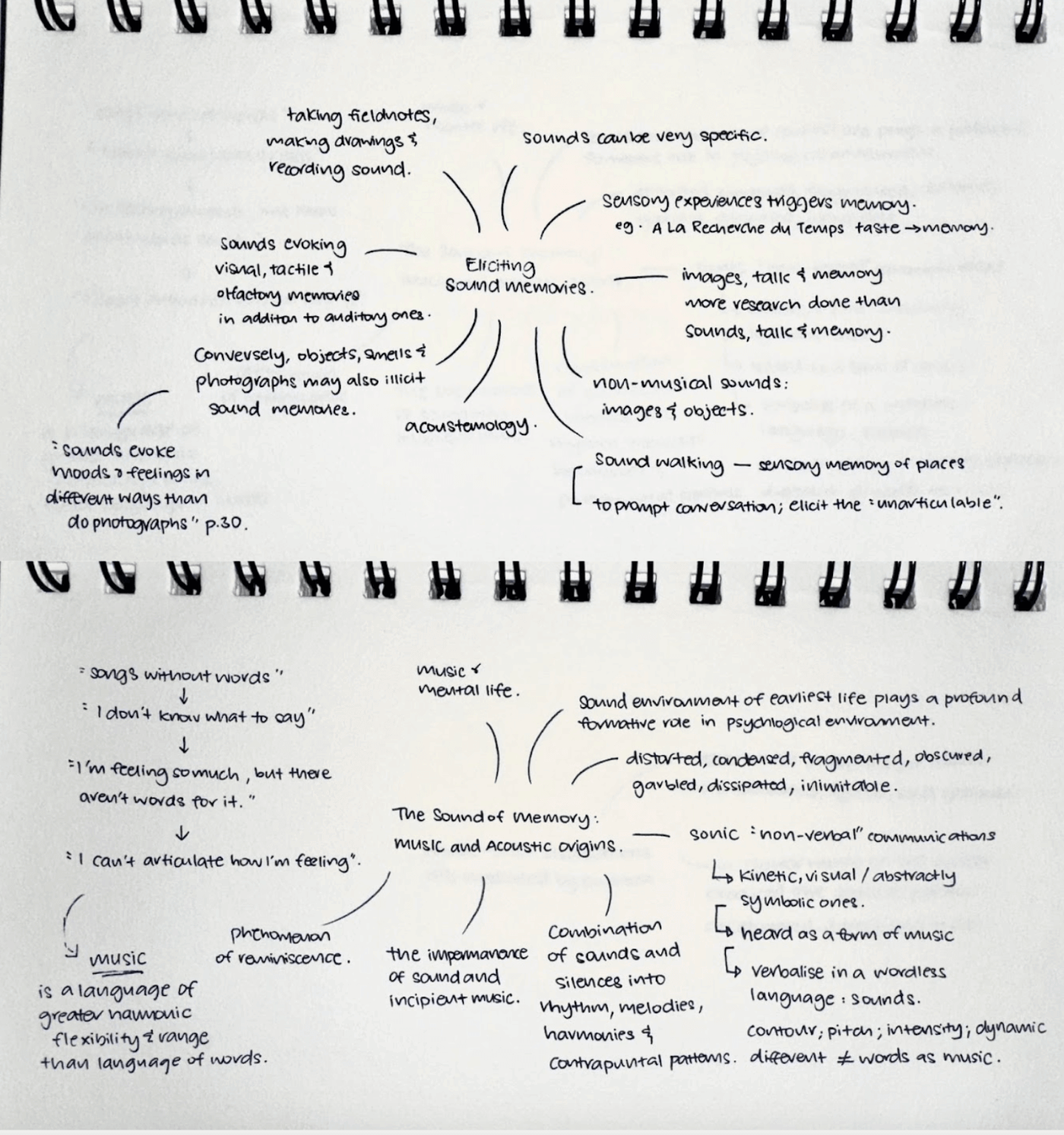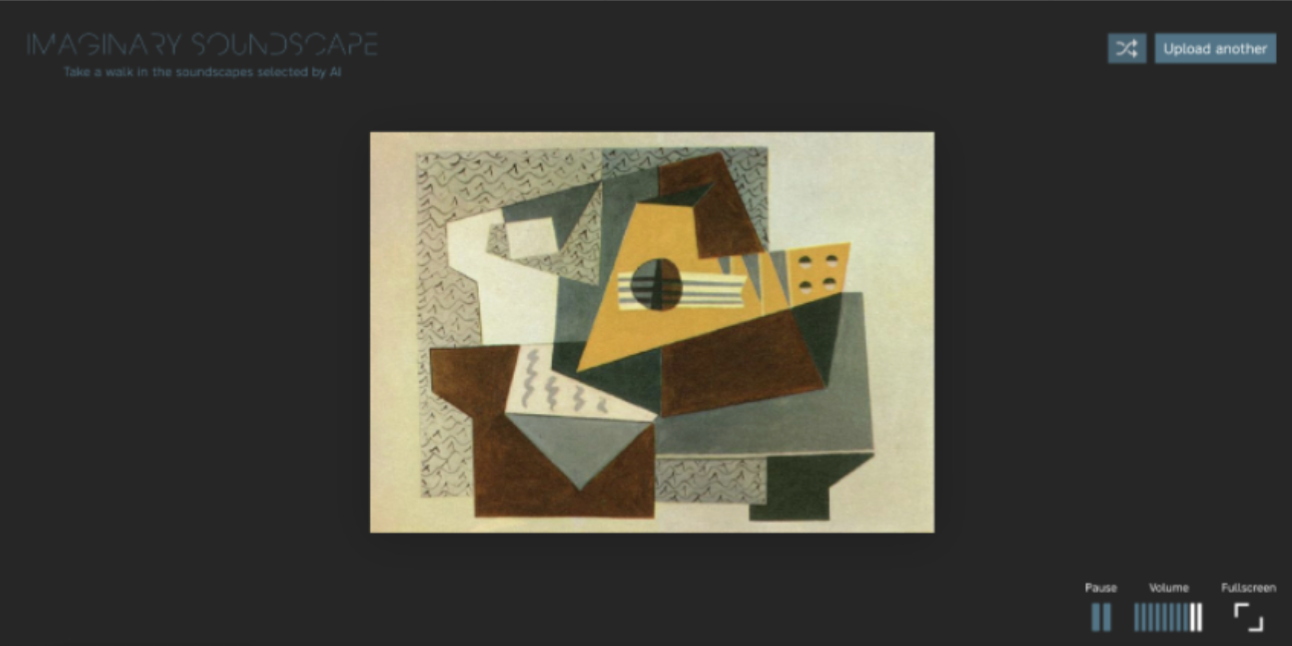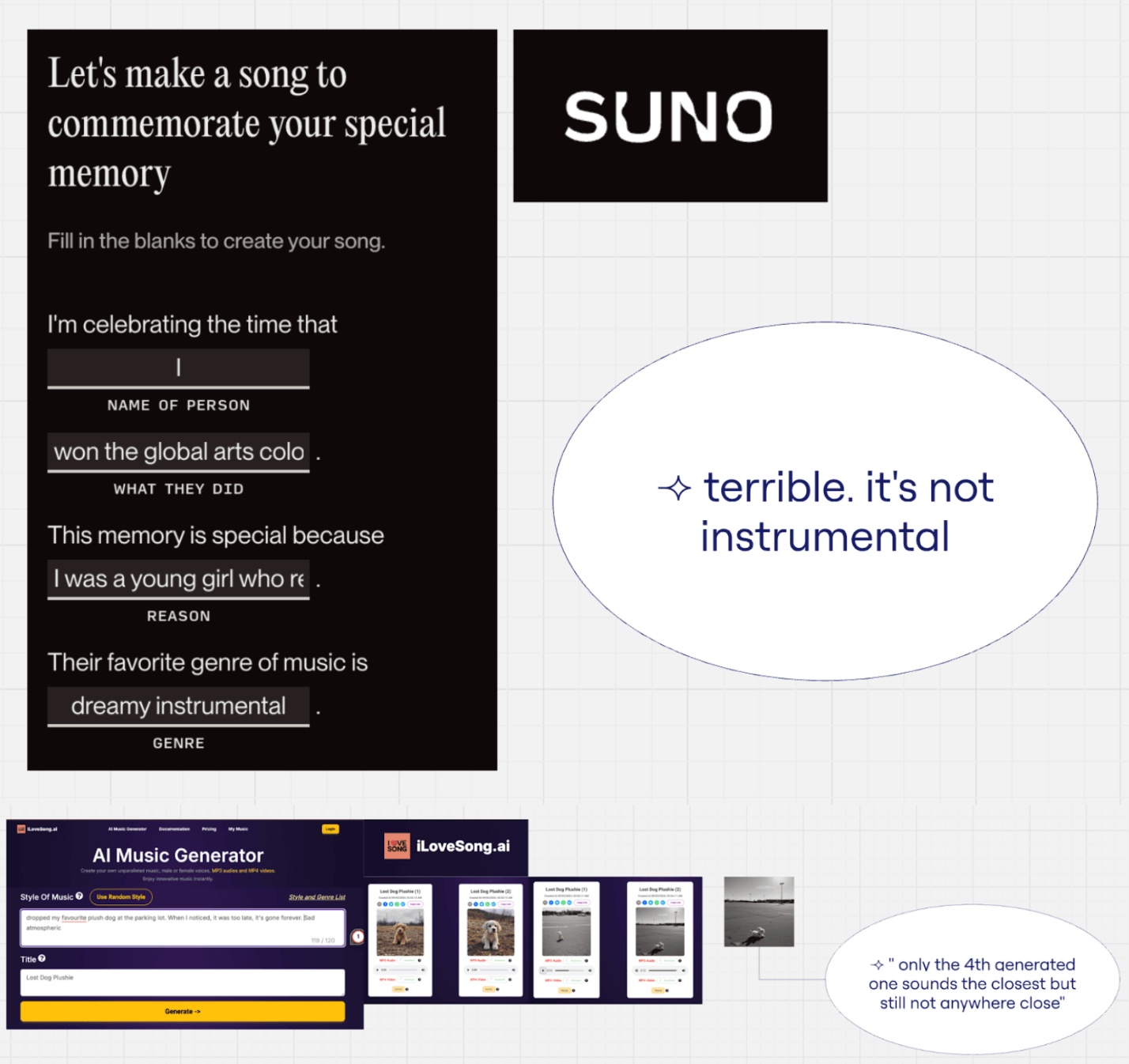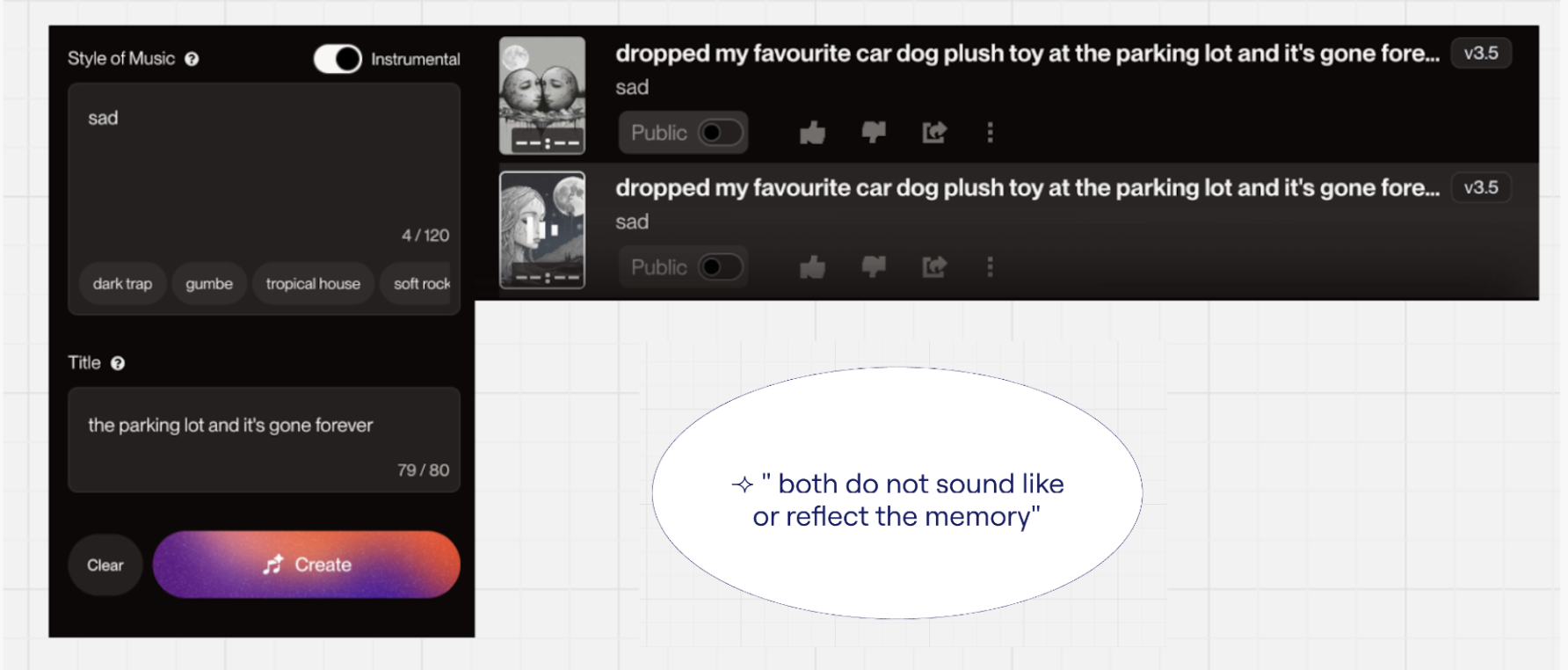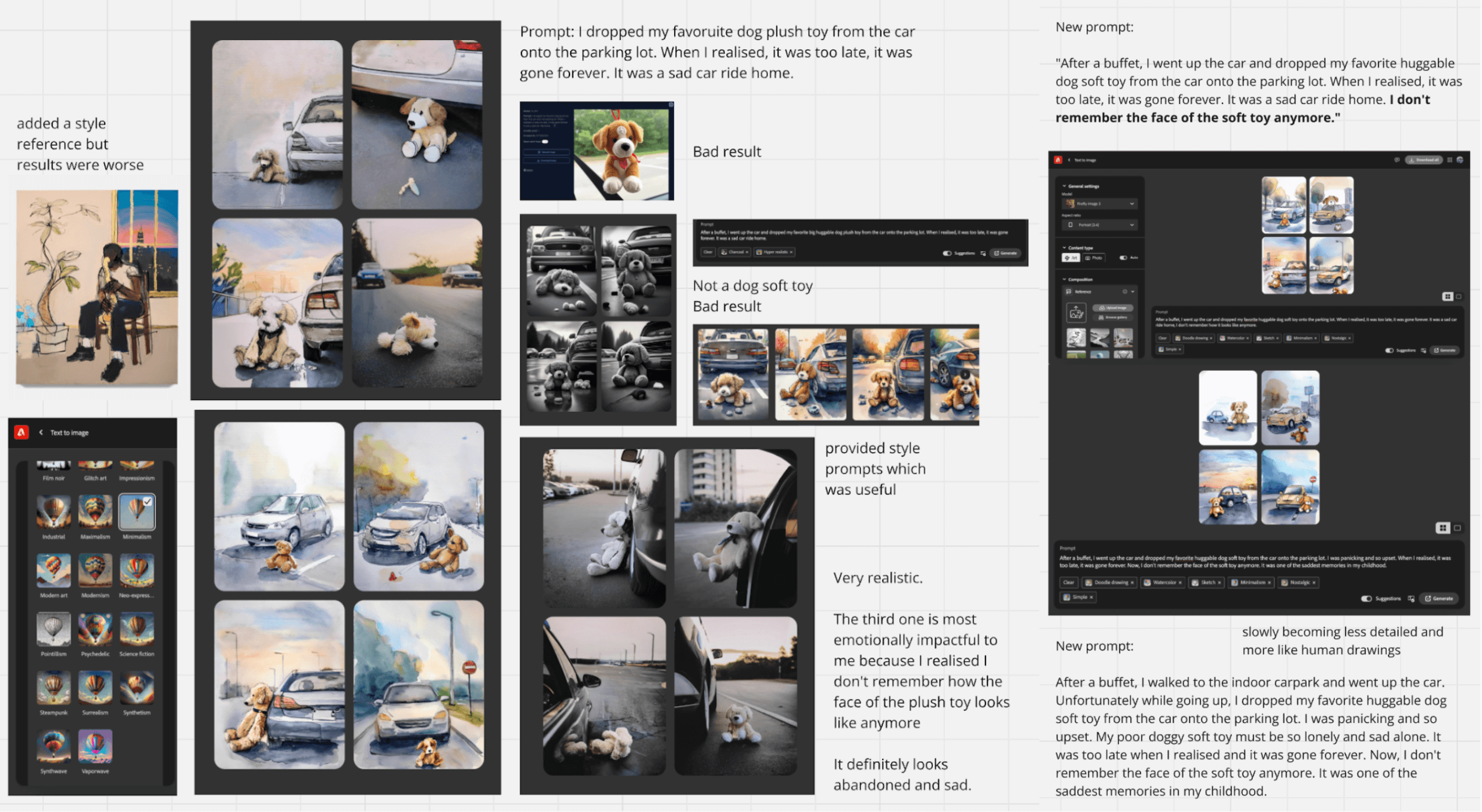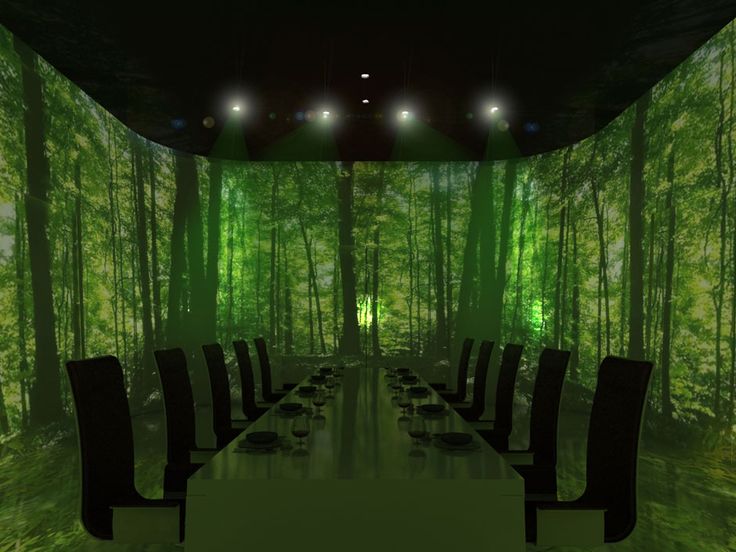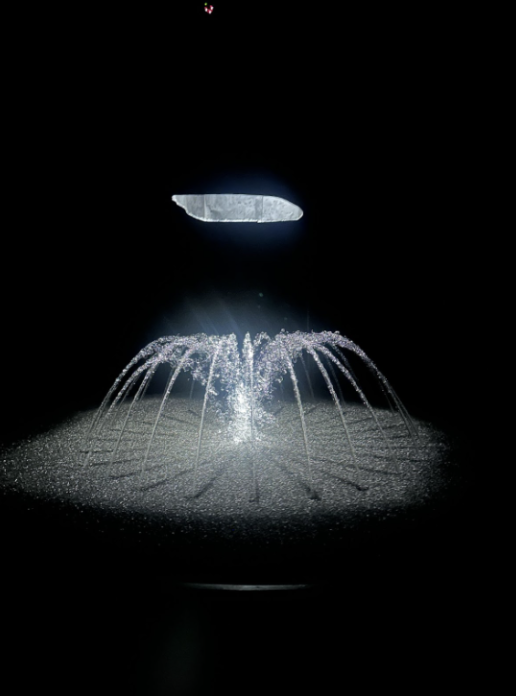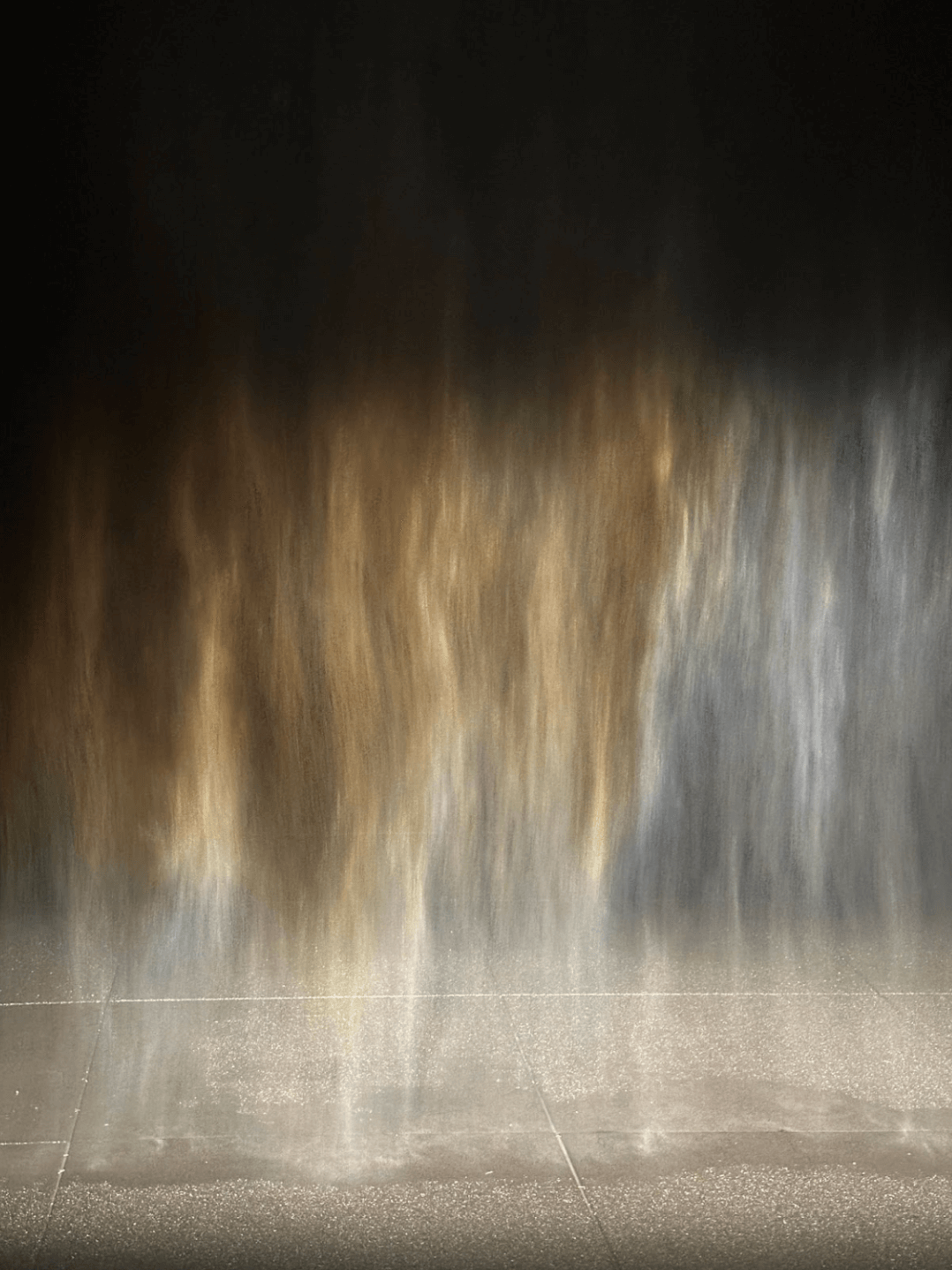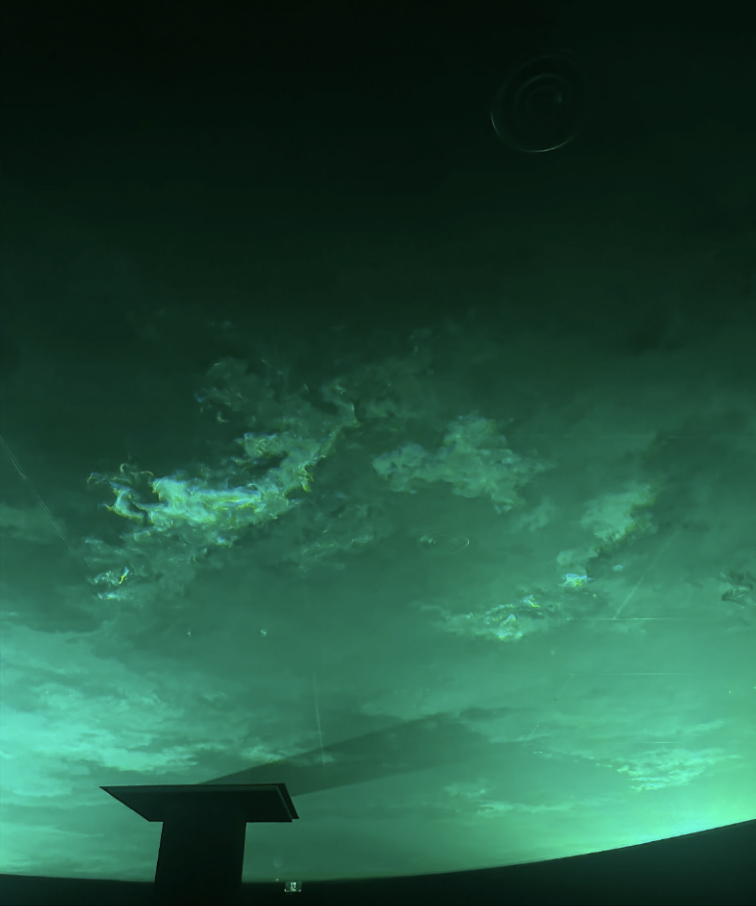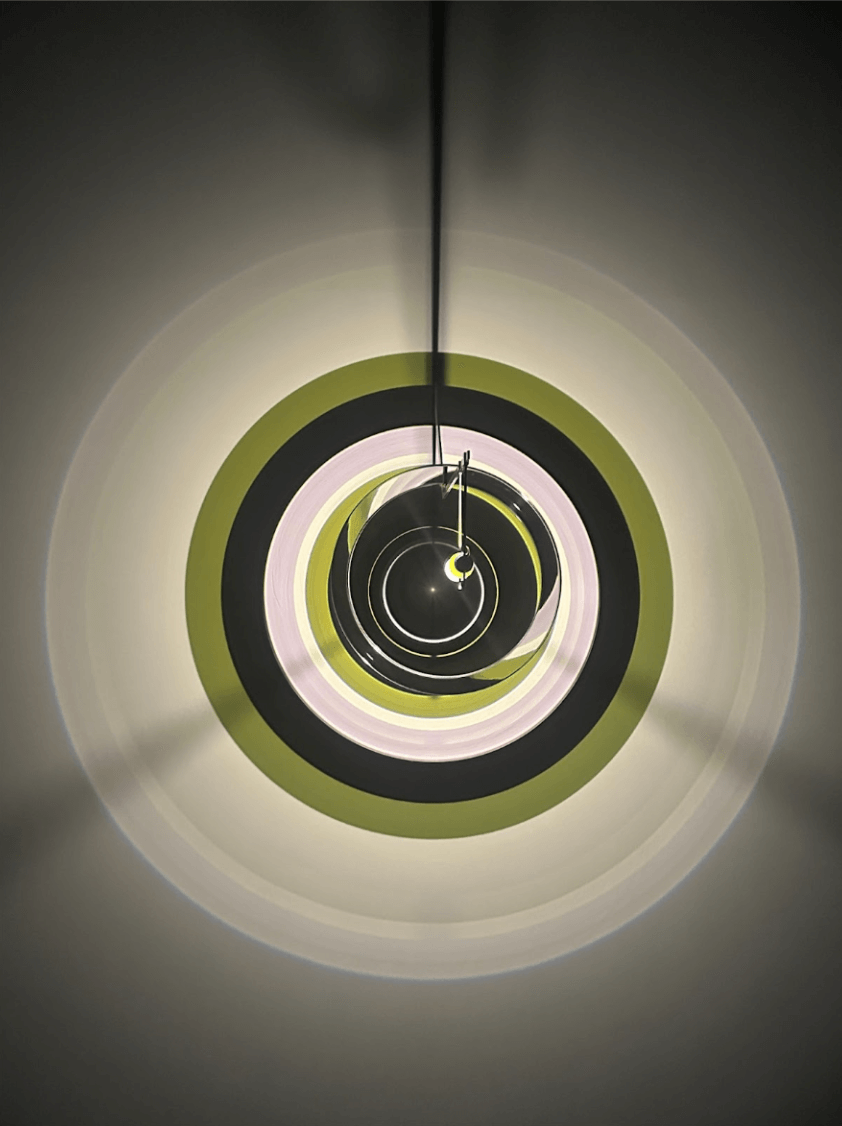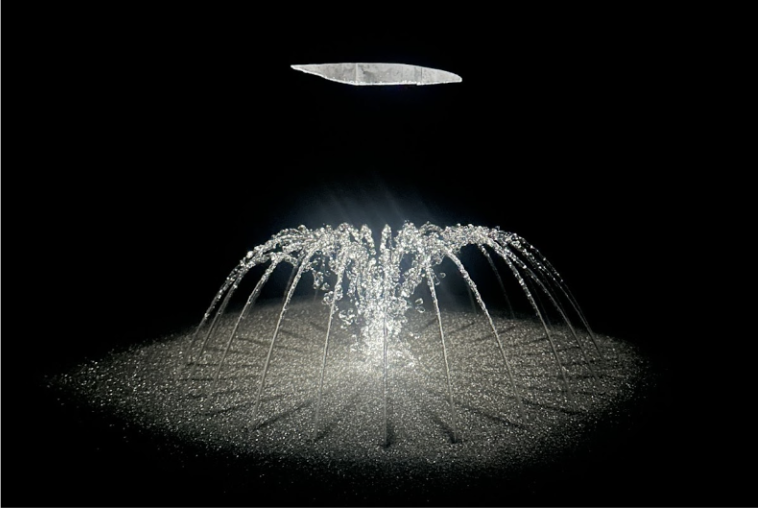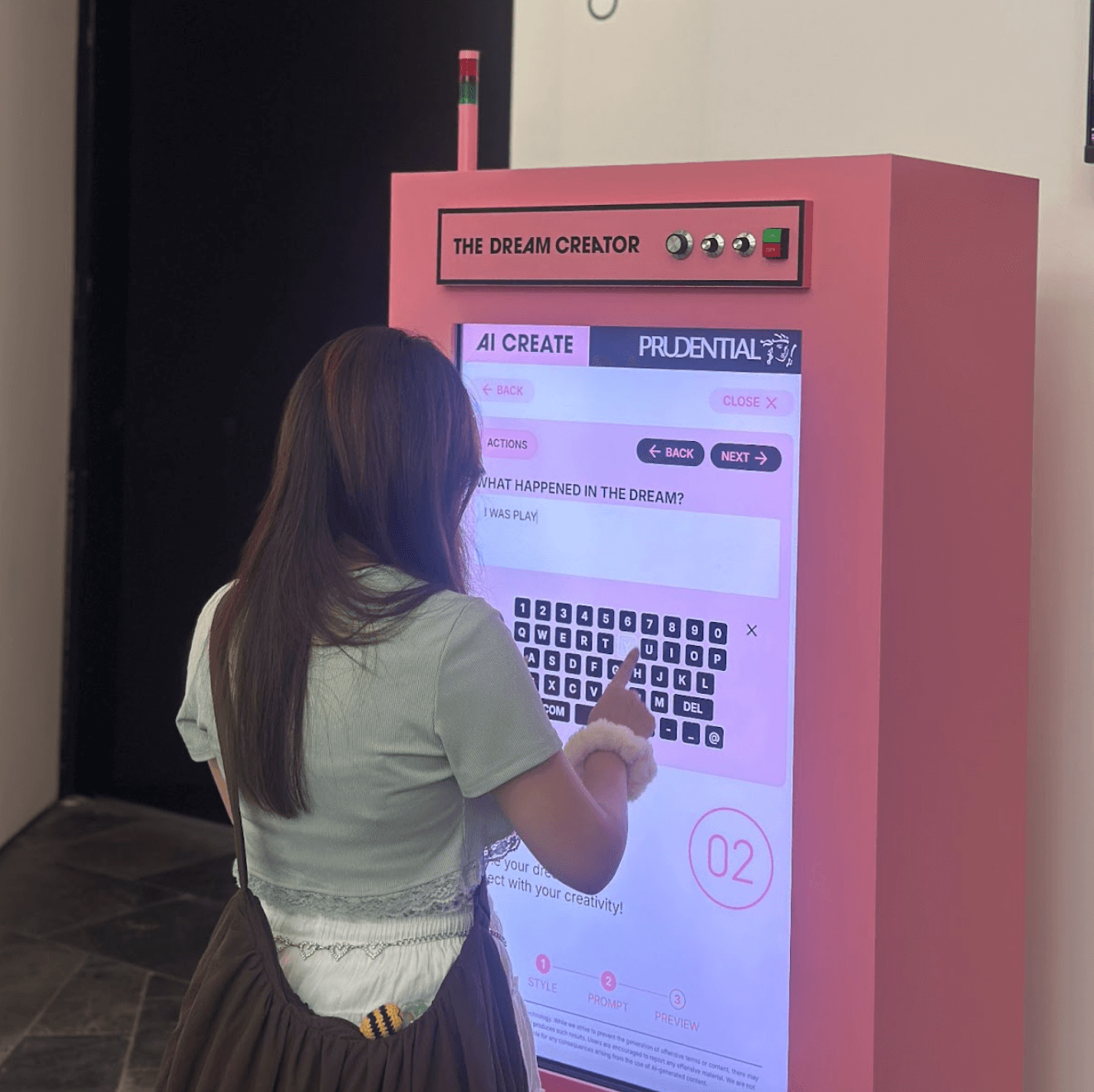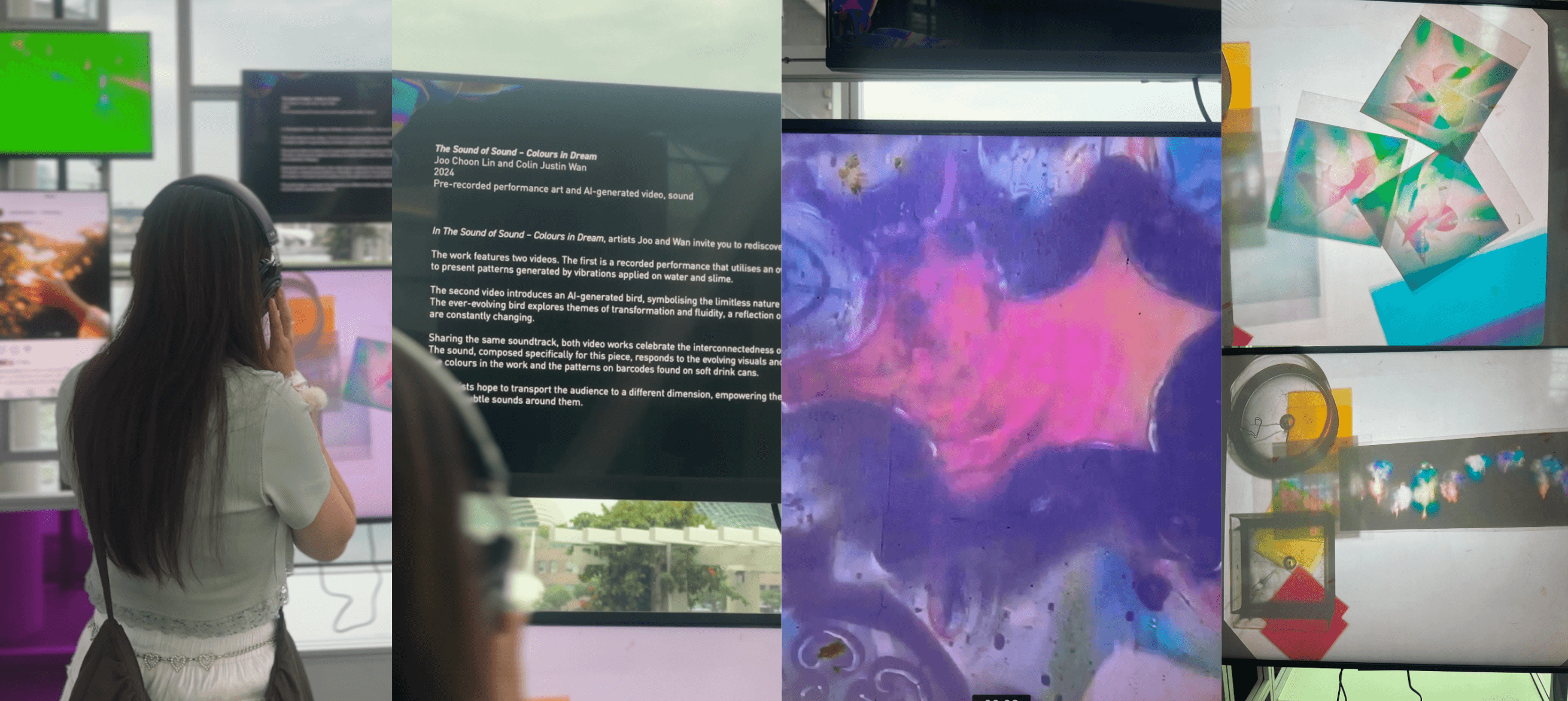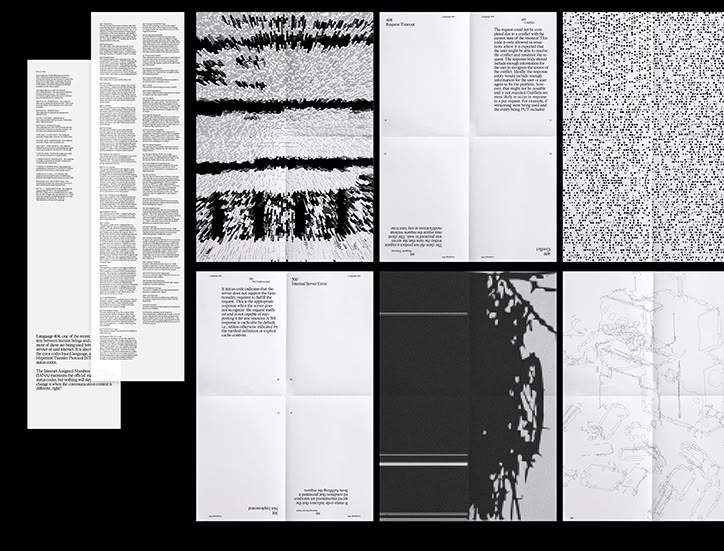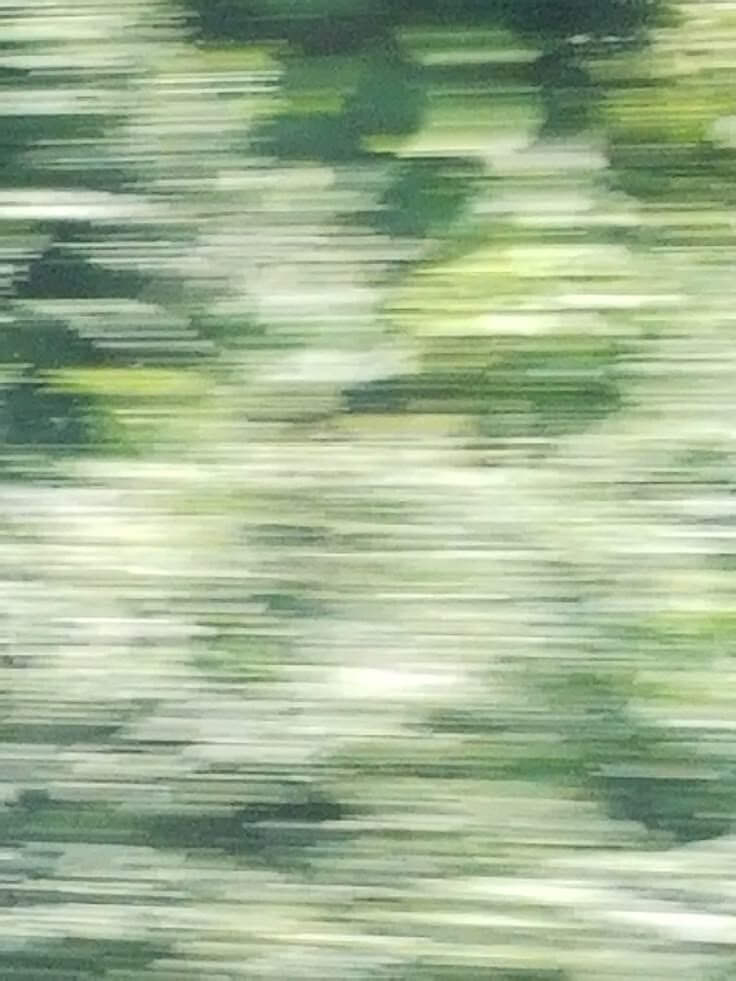ོ࿐˖✶⊹₊𖦹 W.4 RESEARCH PROPOSAL OUTLINE 𖦹₊⊹✶ ࣪˖࿐ོ
Wk.4 - RPO draft 1
ꕀ Building a concept map
We were tasked to create a concept map which should show a network of interconnected concepts and knowledge to get a clearer direction on what to do, instead of a mindmap where we just brainstorm random ideas.
We went around reading each other’s concept map while allocating stickers on areas we were most interested in. From here, I can see that many of my classmates relate to the association with sound and memory and are interested in digital visualisations that respond to music or sounds in VJ or therapeutic settings.
Others were interested in the concept of associative memory: how sound can evoke and communicate memories better than words through multisensory audio-visual experience. There’s also another sticker for translating memory to visual AI readings which I will explore in the next experiment.
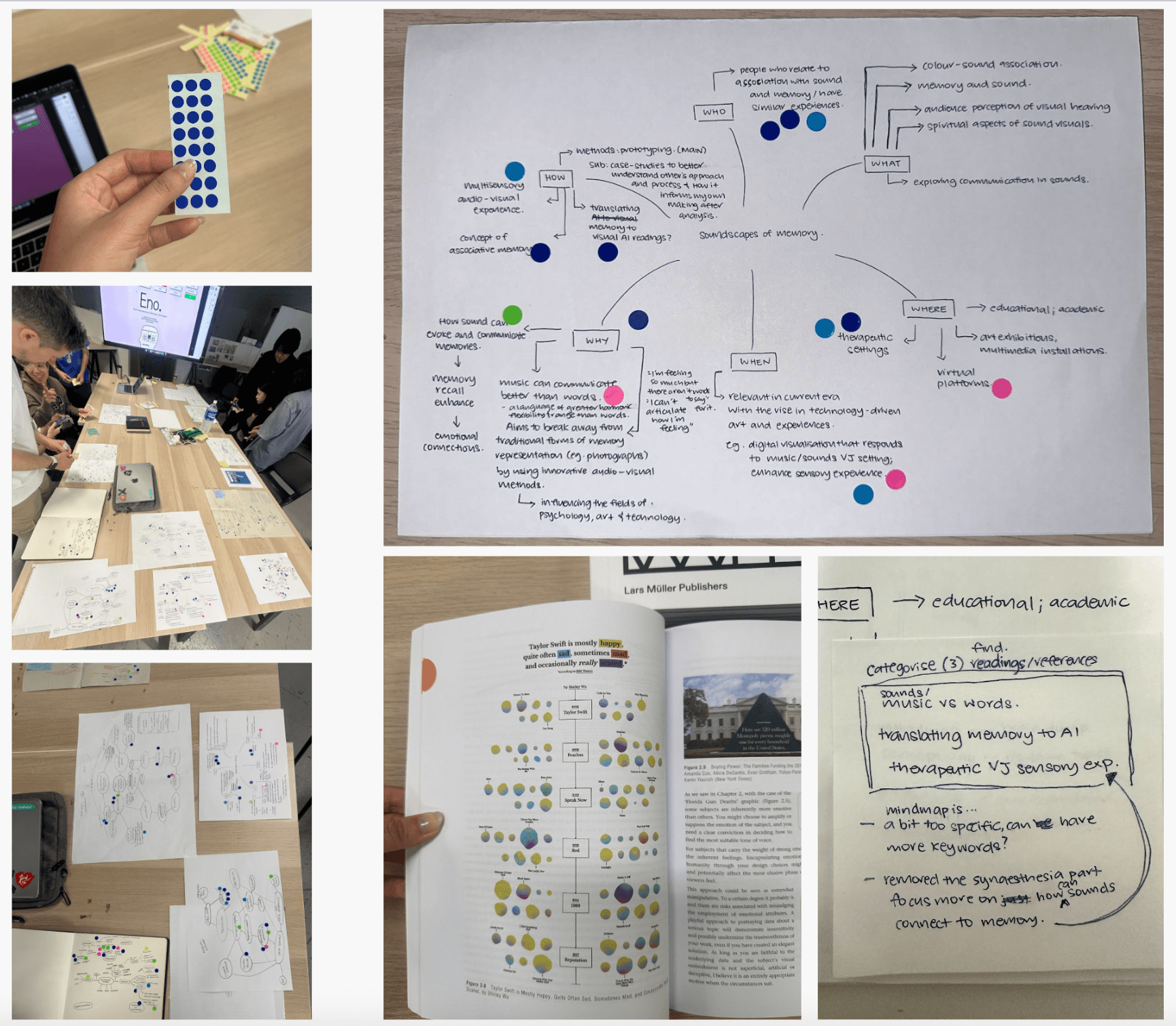
for next week which should show a clearer direction, further developing from the mindmap we did earlier.
Found 2 readings that are helpful and very relevant to my topic. The first journal talks about how sounds can be powerful triggers to memory compared to traditional ways like photographs or texts.
On the other hand, the second journal talks a little deeper about how music is a language on its own, more powerful than words due to its various characteristics.
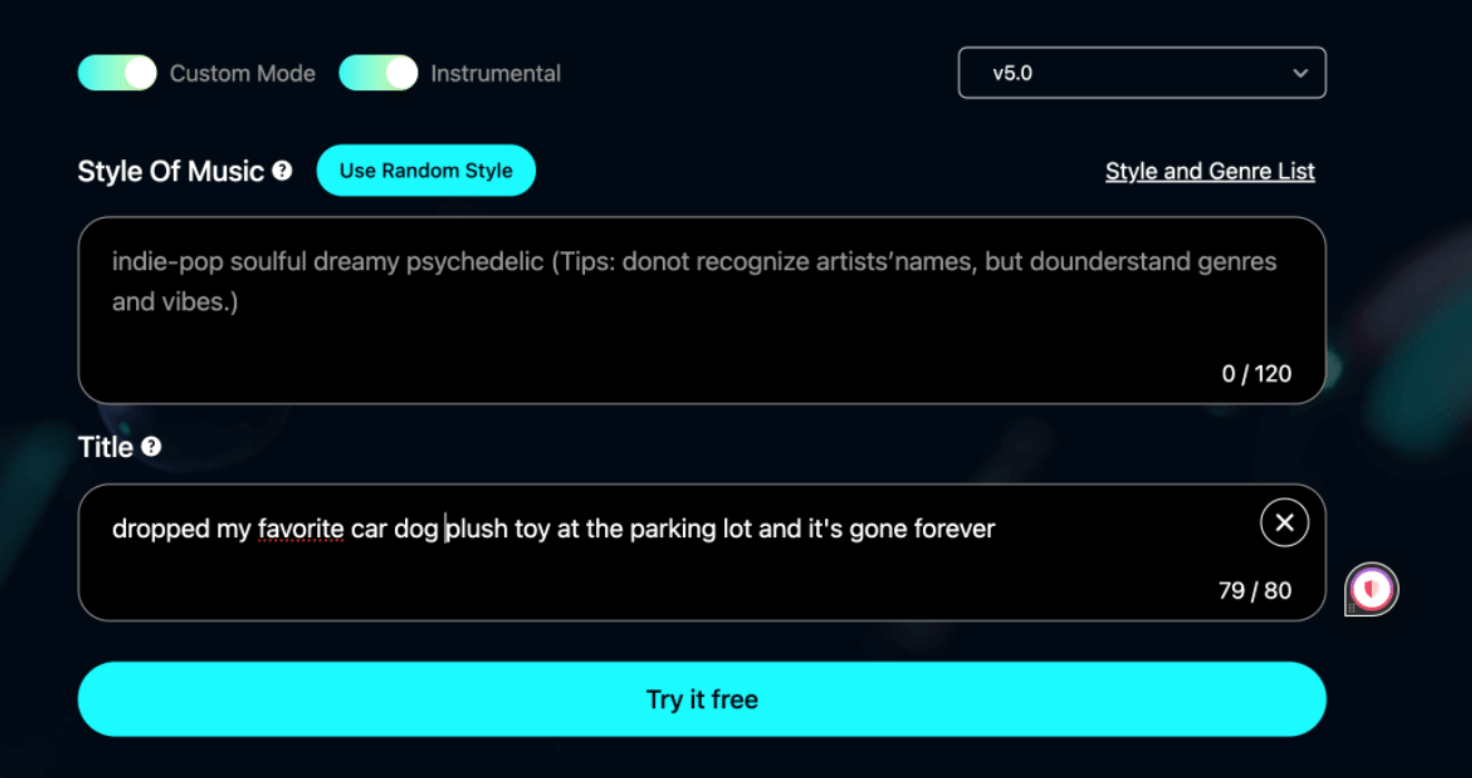
I know there are AI models that generate music based on texts and prompts given. Hence, this idea popped into my mind. What if I describe a specific memory to AI, will the music it generates based on my description sound like my memory? Each try, AI will generate 2 songs, one short version and another long version. 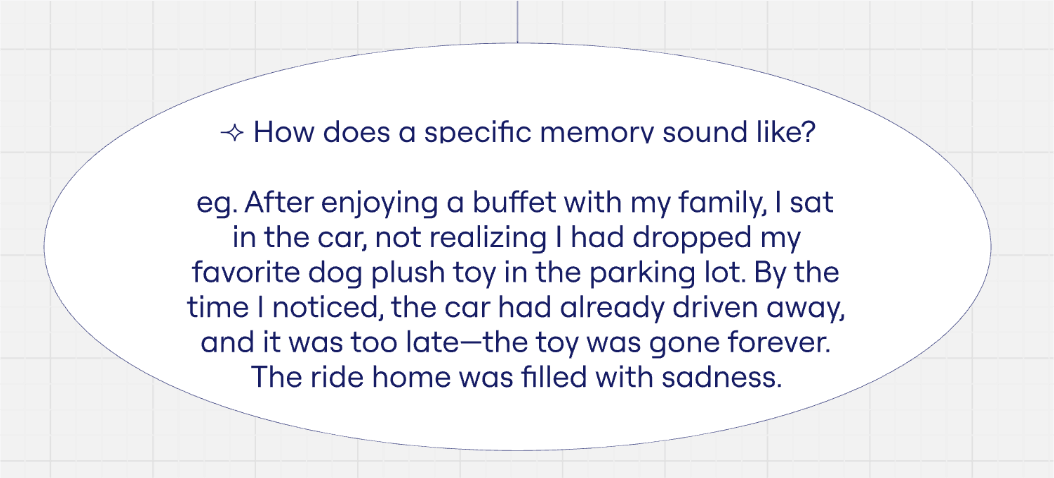
Participant A’s input ⟢
"prefer the longer version, perfectly describes how I was happy and then transitioned to frantic panic when I realised it late, it captures the feeling of helpless and sadness during the entire car journey back home”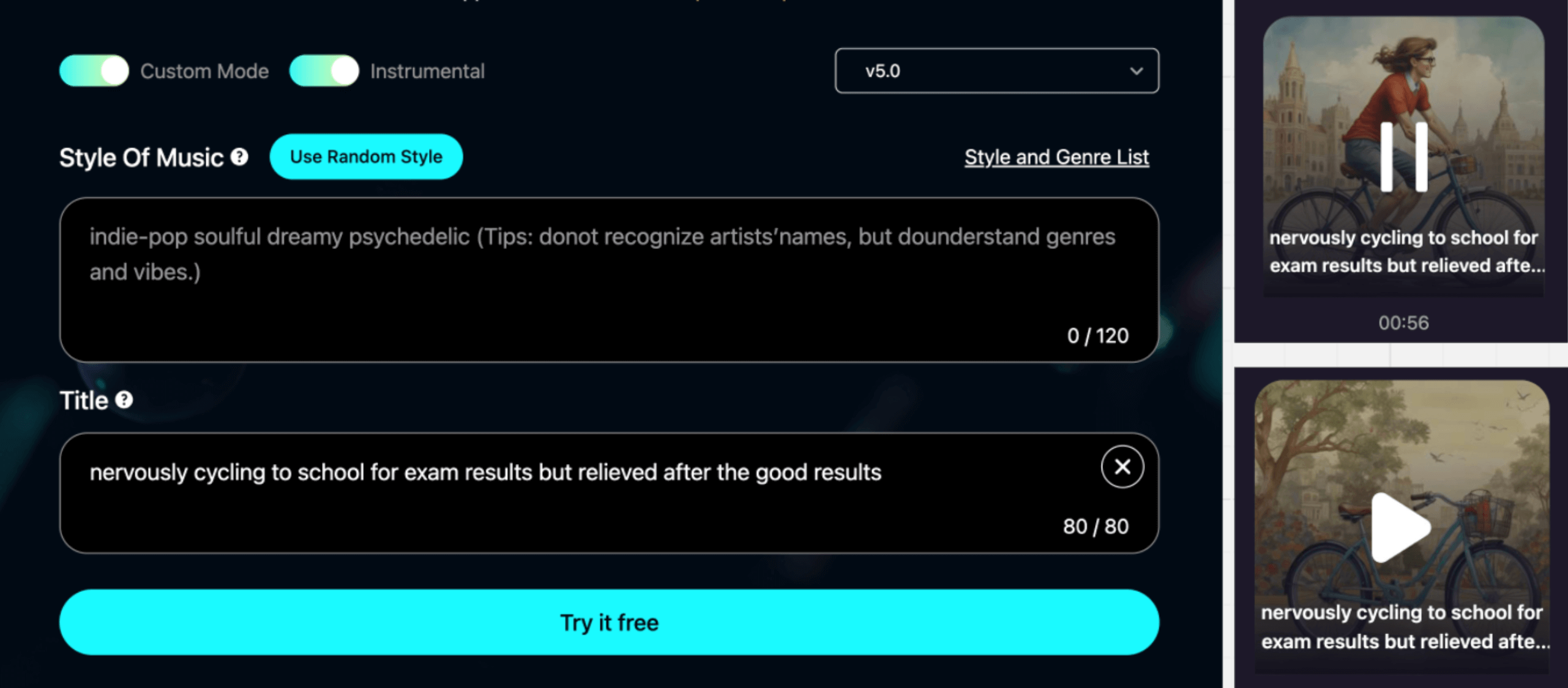
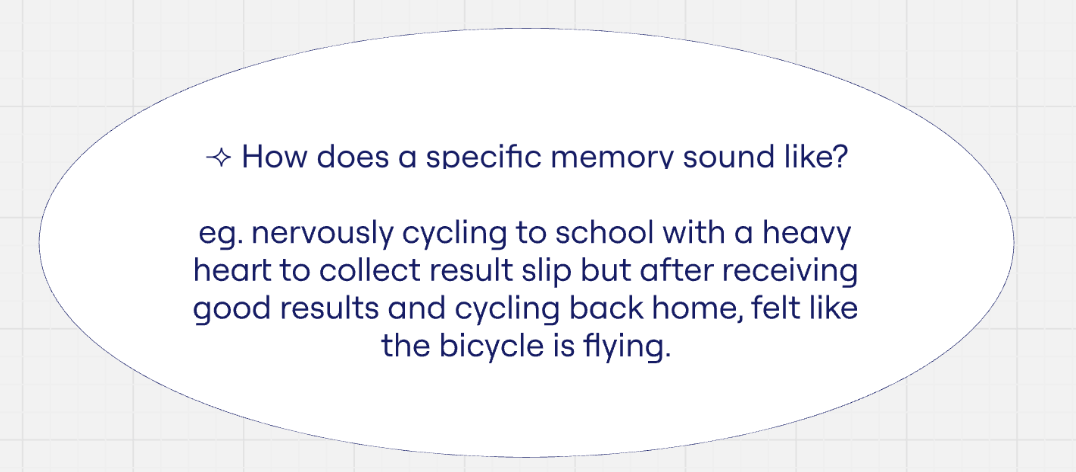
Participant B’s input ⟢
"longer version is exactly like the memory even though the words are cut short it still gives the right emotions”
EXP.2 TRANSLATING MEMORY TO AI MUSIC READINGS
